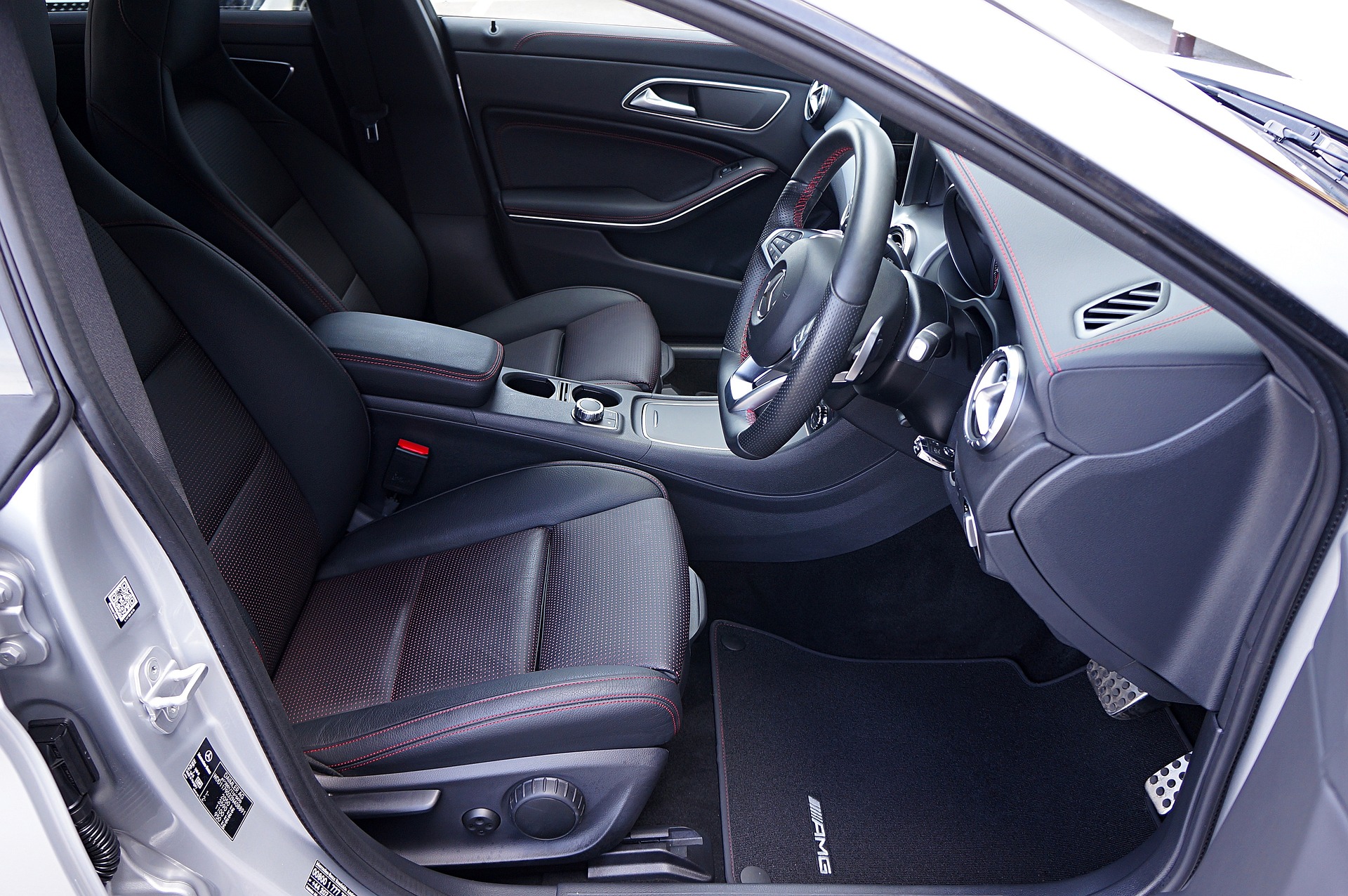Steering into the Future: Understanding the Technological Leap in Steering Systems
Imagine a world where your car's steering system is smarter than ever, capable of making micro-adjustments to offer you the smoothest ride possible. Welcome to the future of automotive steering technology, where advanced systems promise to transform how we navigate the roads.
A Look Back at the Evolution of Steering Systems
Steering systems have come a long way since the rigid, unassisted mechanisms of yesteryears. The early systems were purely mechanical, requiring a fair amount of physical strength to operate. However, the introduction of power steering in the mid-20th century marked a significant leap in automotive technology.
The hydraulic power steering, introduced by Chrysler in 1951, used hydraulic pressure to multiply the force applied by the driver, making steering significantly easier. This technology dominated for decades until the advent of electric power steering (EPS) systems.
Steering into a New Era: The Advent of Electric Power Steering
The turn of the 21st century ushered in the electric power steering systems, offering a more energy-efficient and precise alternative to their hydraulic counterparts. EPS systems replace the traditional hydraulic pump with an electric motor, making steering smoother and more responsive while reducing fuel consumption.
However, the true revolution in steering technology is the advent of steer-by-wire systems, which promise to redefine the driving experience entirely.
Steer-by-Wire: The Pinnacle of Steering Technology
Steer-by-wire technology eliminates the physical connection between the steering wheel and the front wheels. Instead, the driver’s inputs are translated into electronic signals, which are then processed by a computer that controls the steering actuator. This technology opens up new possibilities in vehicle design and driving dynamics.
With steer-by-wire, the steering feel can be custom-tailored to each driver’s preference, or even the specific driving situation. For instance, the steering can be made lighter for city driving and parking, and more direct and firm for high-speed highway driving.
Benefits and Challenges of Steer-by-Wire Technology
Steer-by-wire technology offers numerous benefits. It allows for greater design flexibility, as the steering wheel no longer needs to be mechanically linked to the wheels. It also paves the way for more advanced driver-assistance systems and even fully autonomous driving.
However, it also comes with challenges. Safety is a paramount concern because the system must be fail-safe. The lack of a mechanical link means that any failure in the electronics or software could potentially result in a loss of steering control. To mitigate this, redundant systems are needed to ensure safety.
The Future of Steering Technology
Steer-by-wire technology marks a significant milestone in automotive history, promising to bring about a new era of driving experience. As with any major technological leap, it presents both exciting opportunities and formidable challenges. However, as the industry advances, the implementation of this technology will undoubtedly become more refined, bringing us closer to a future where cars are smarter, safer, and more responsive than ever before.





